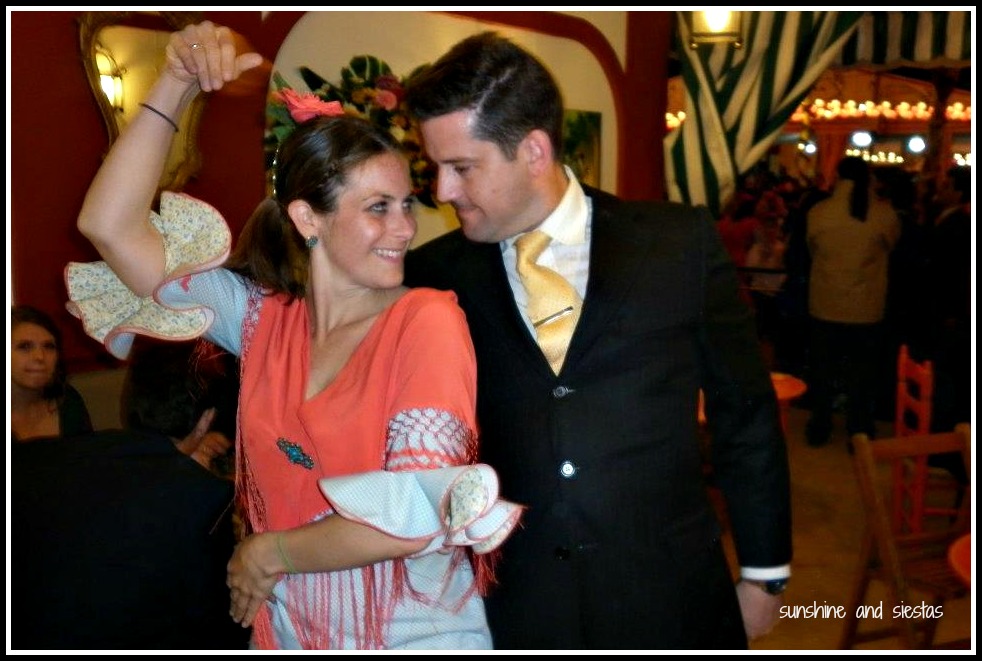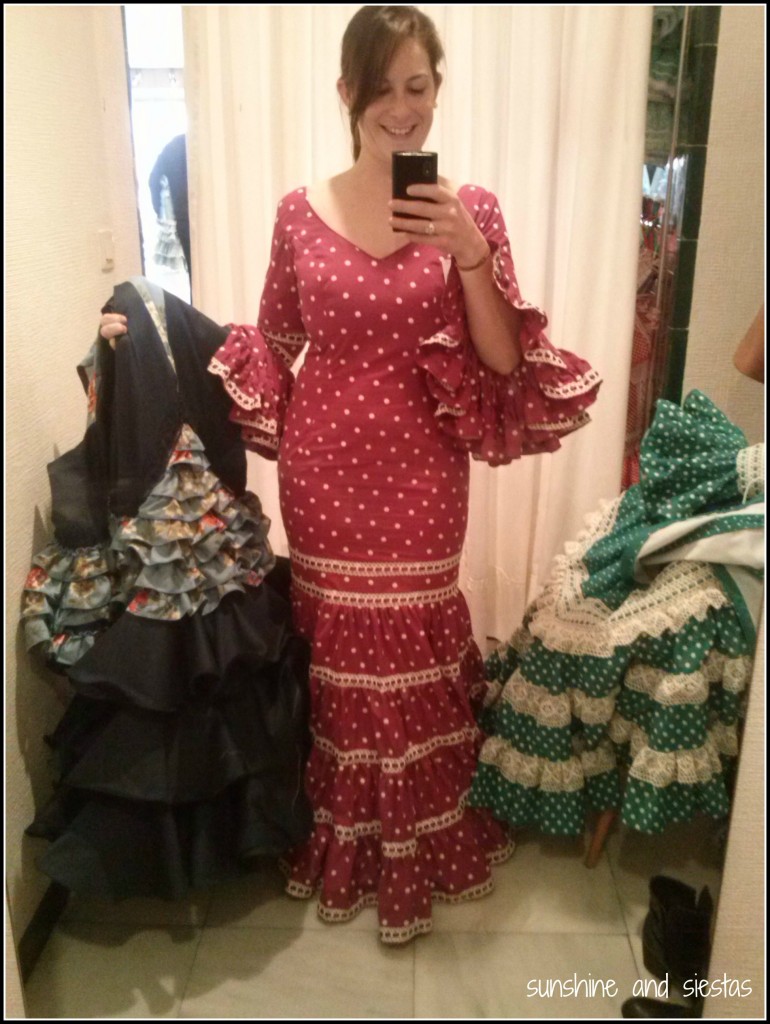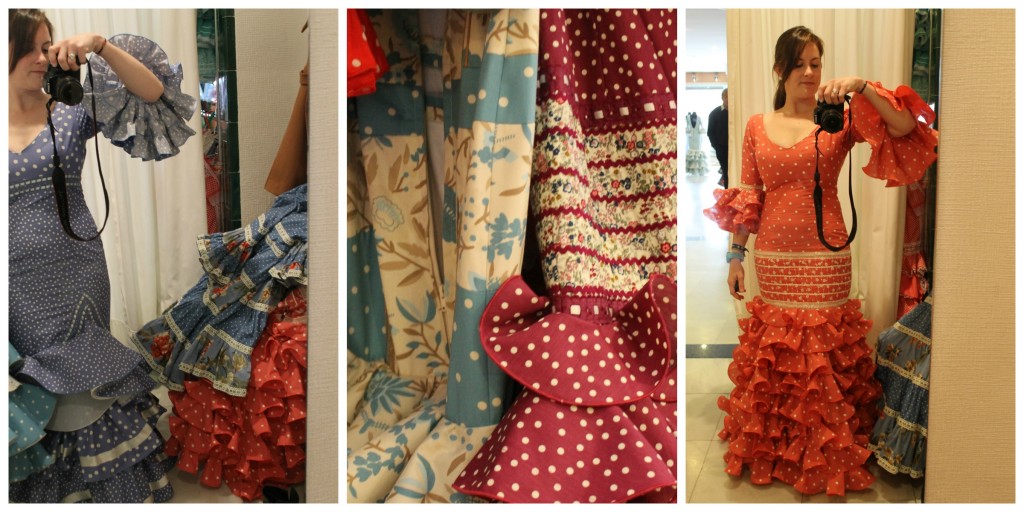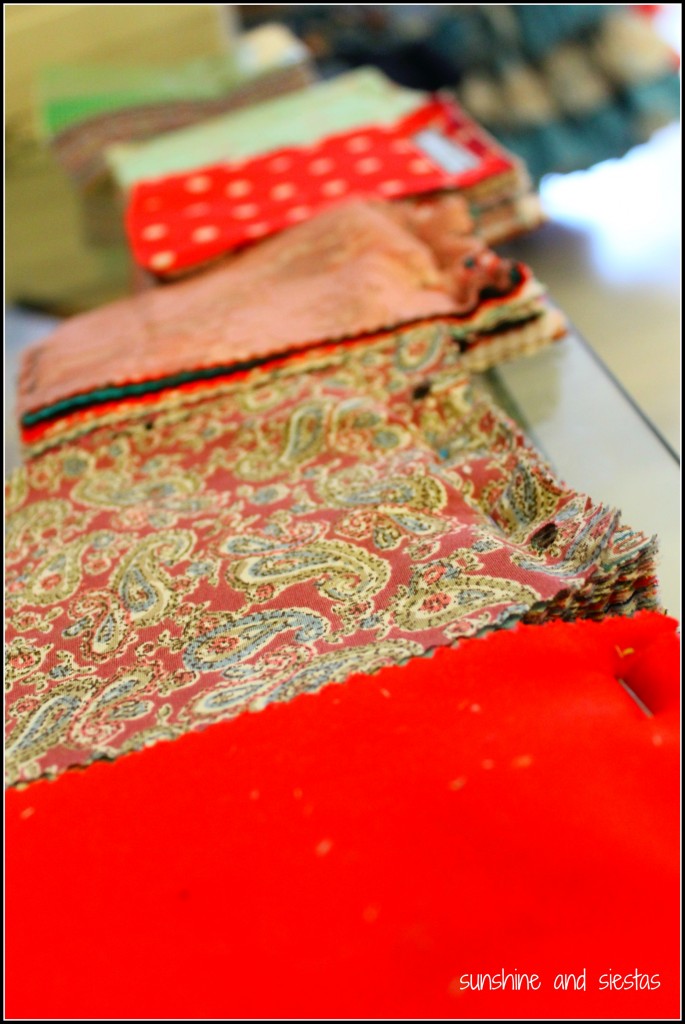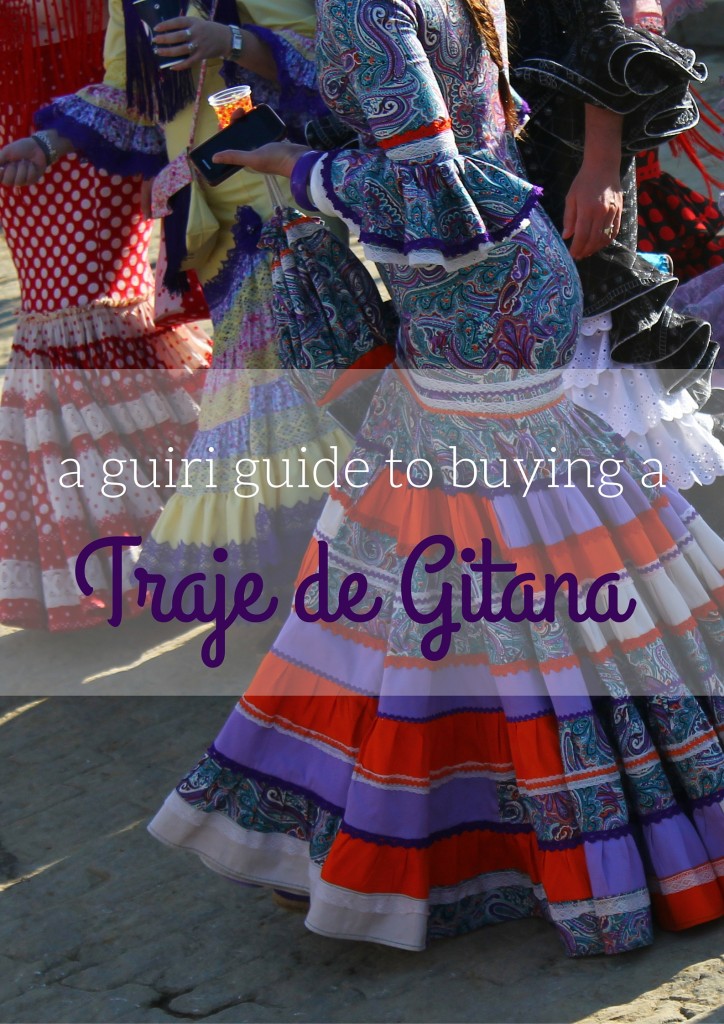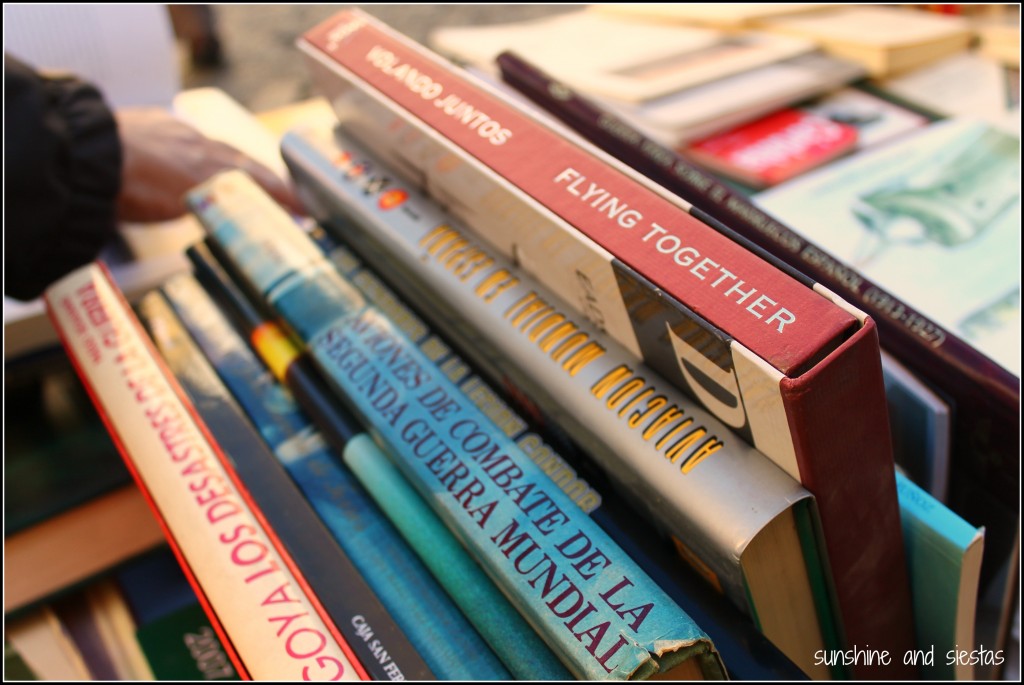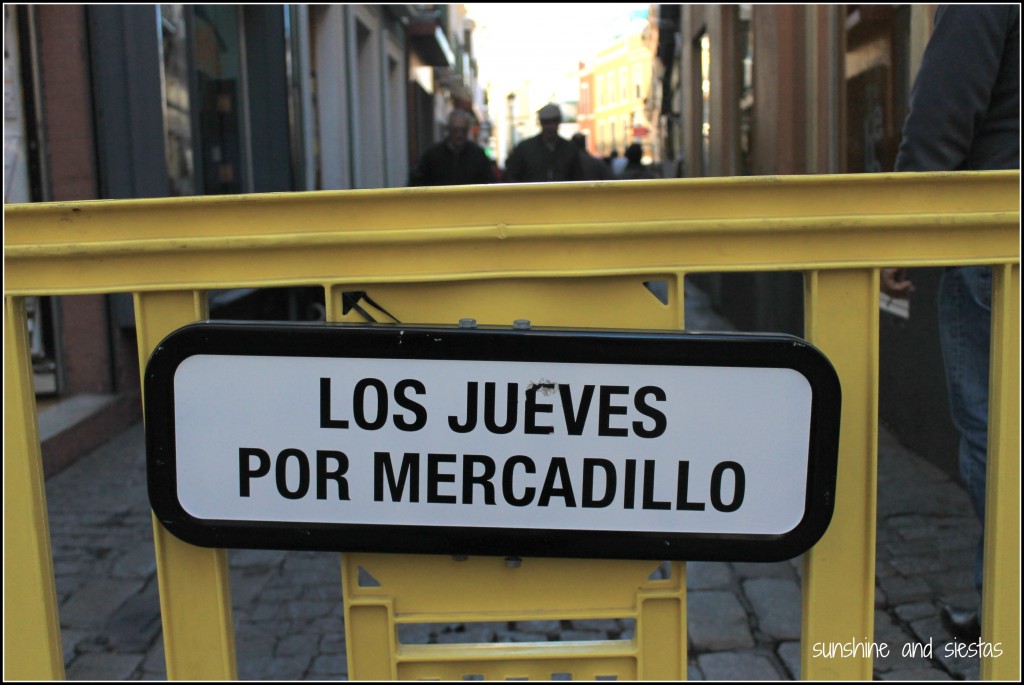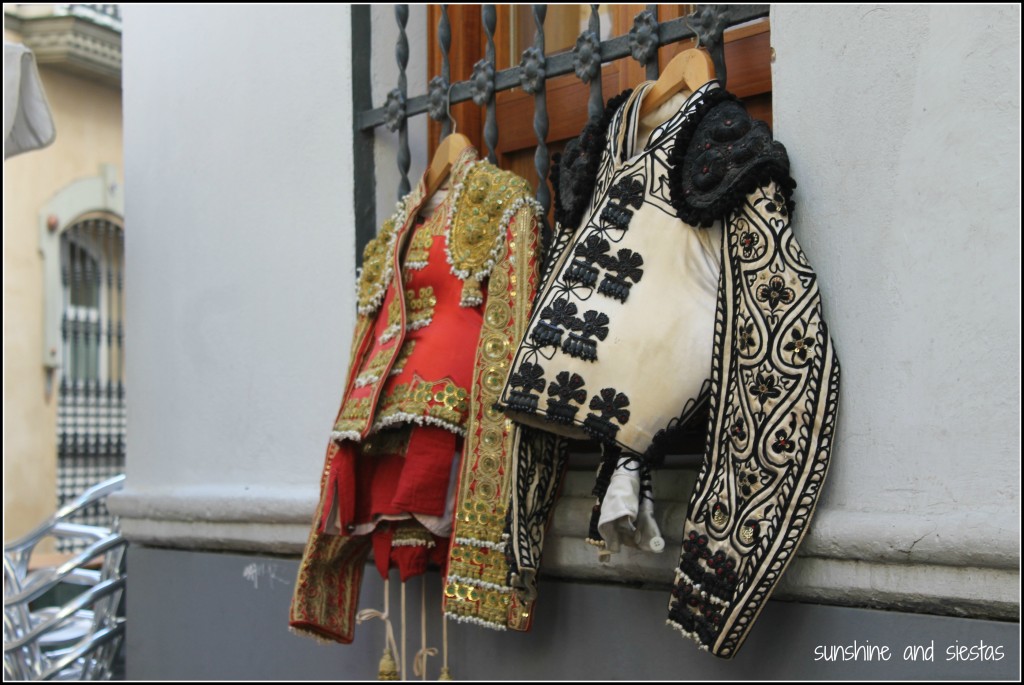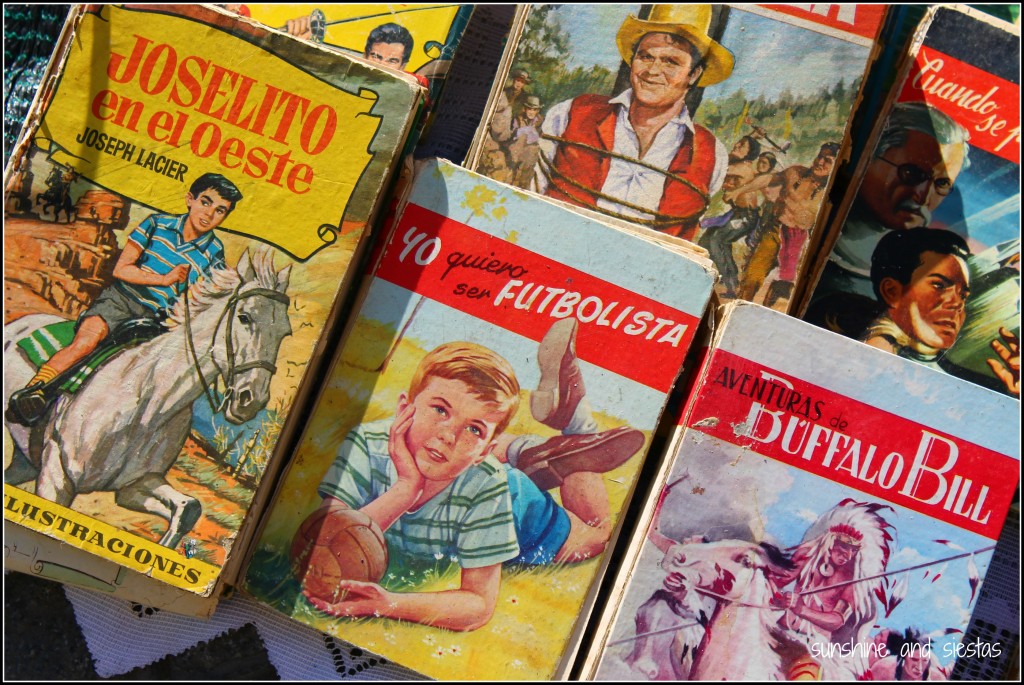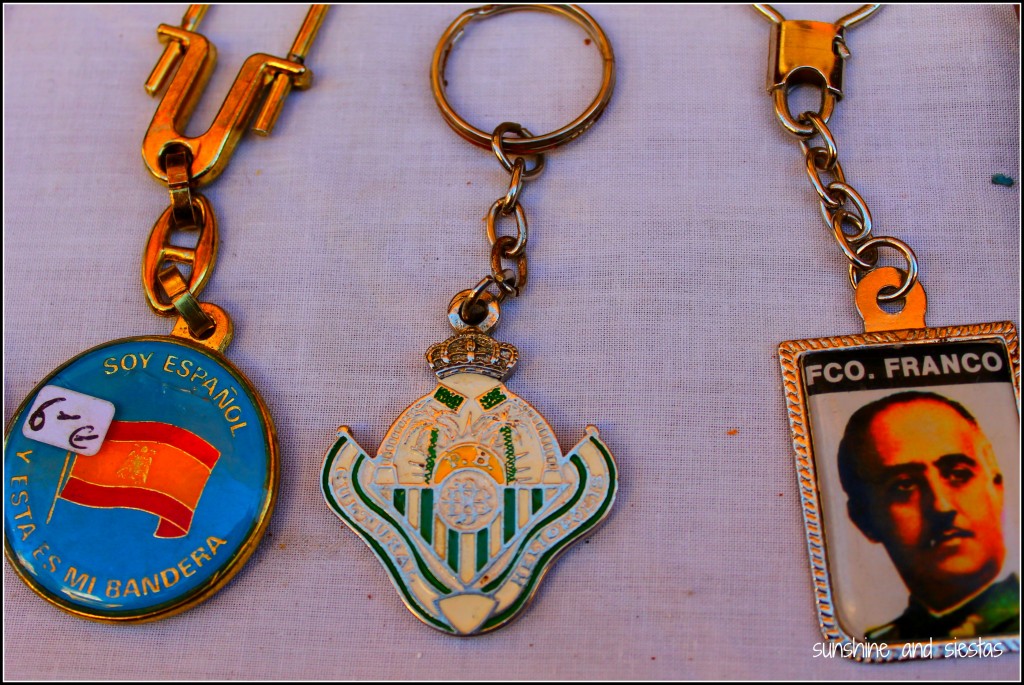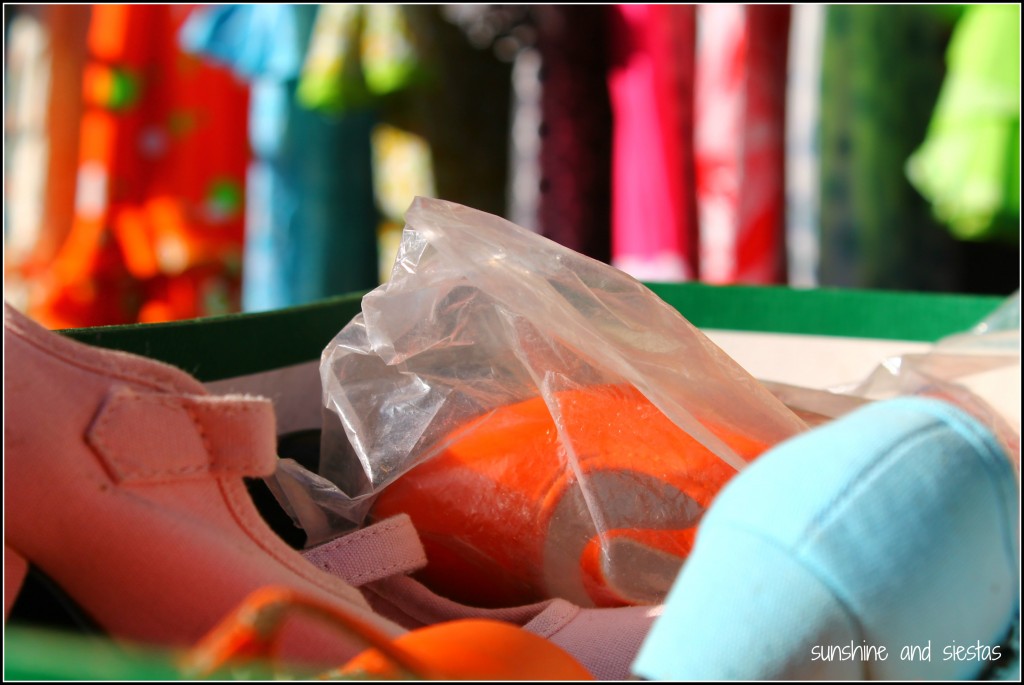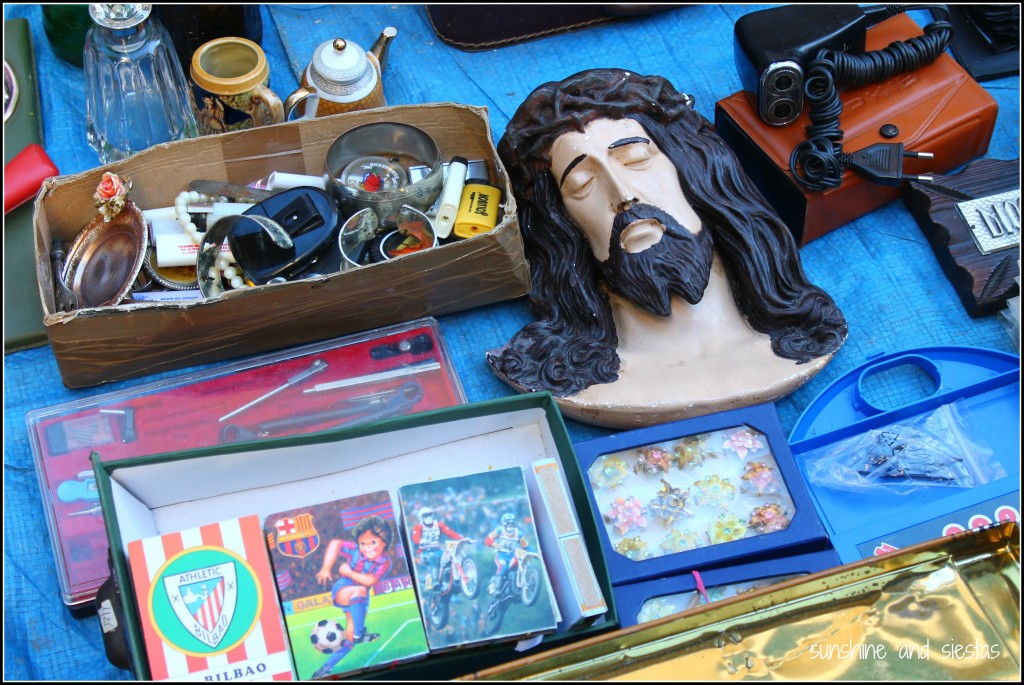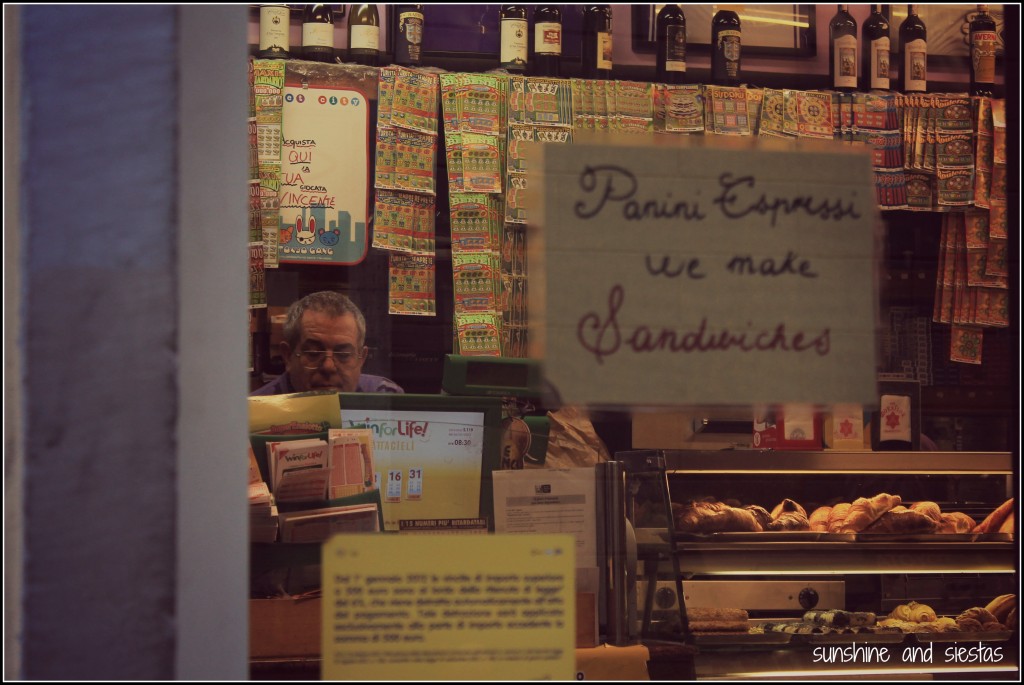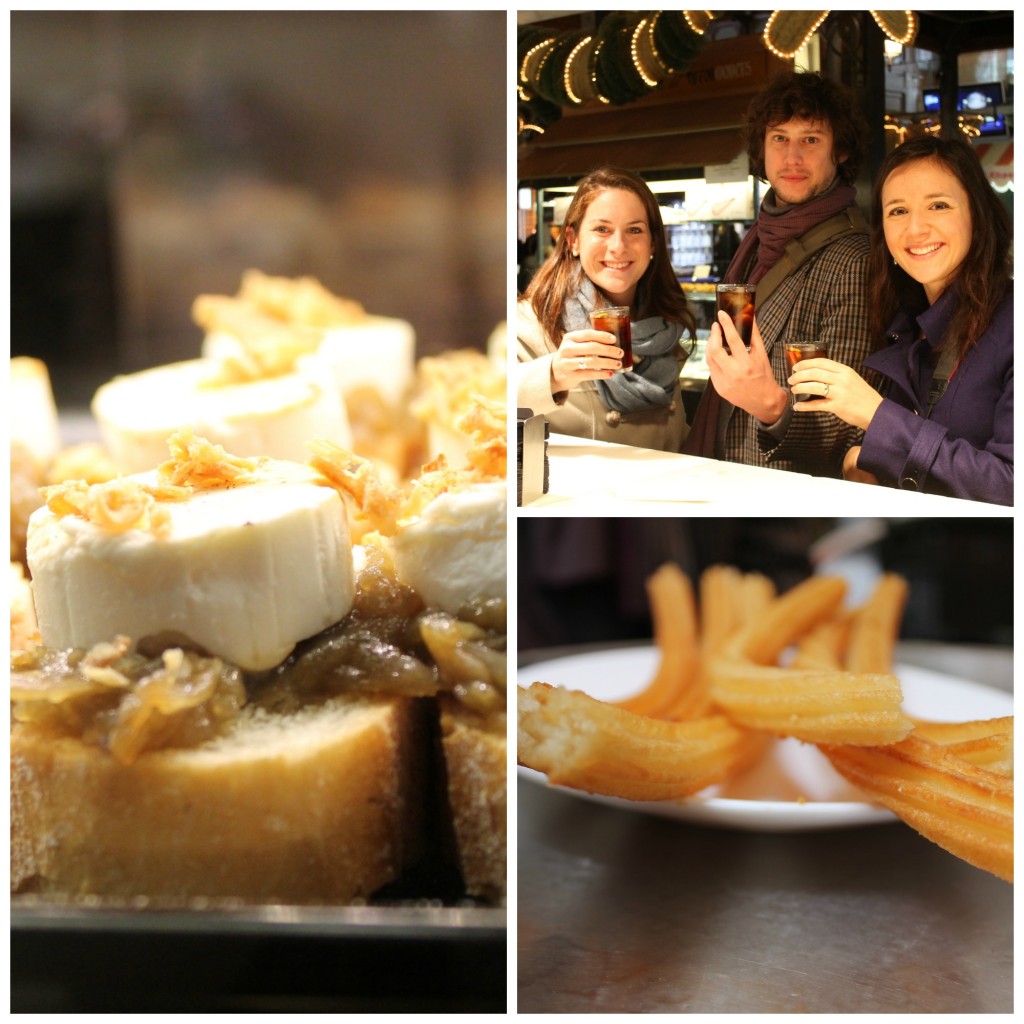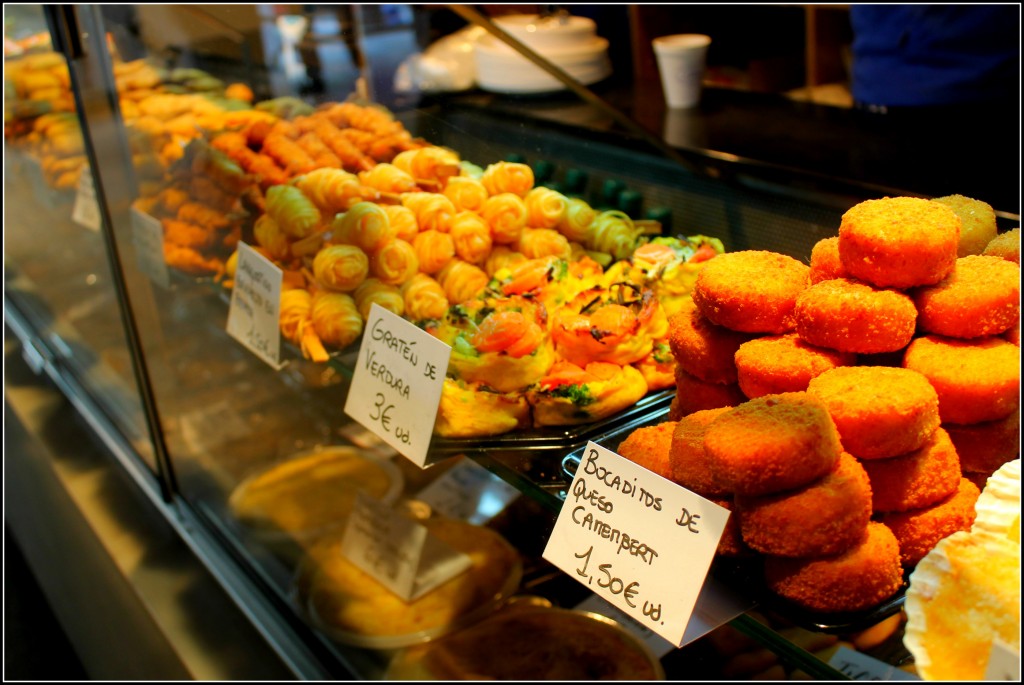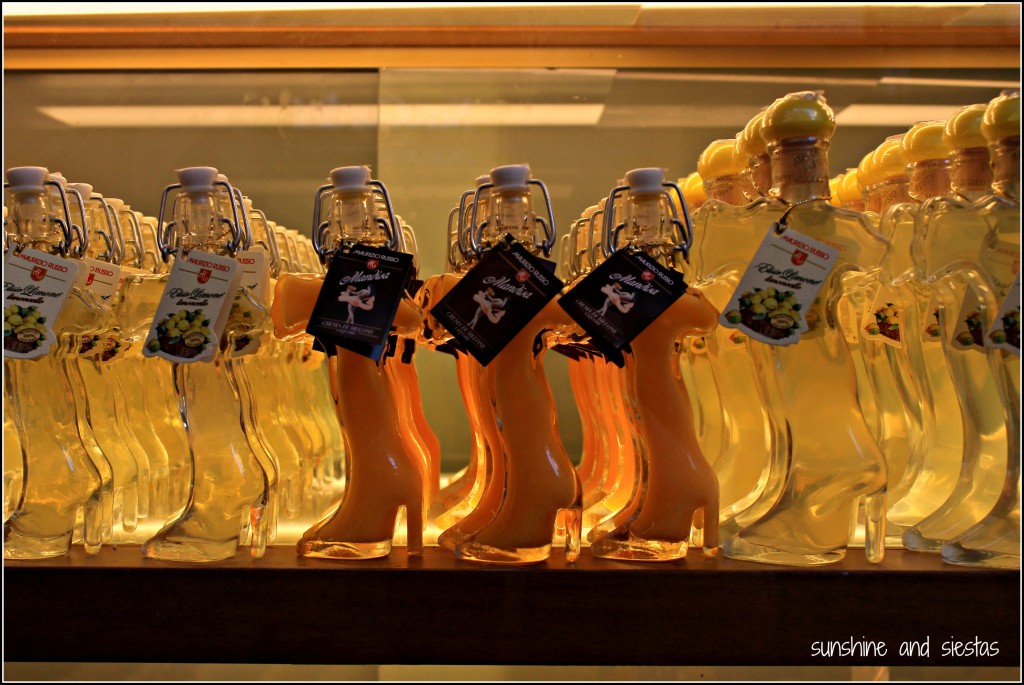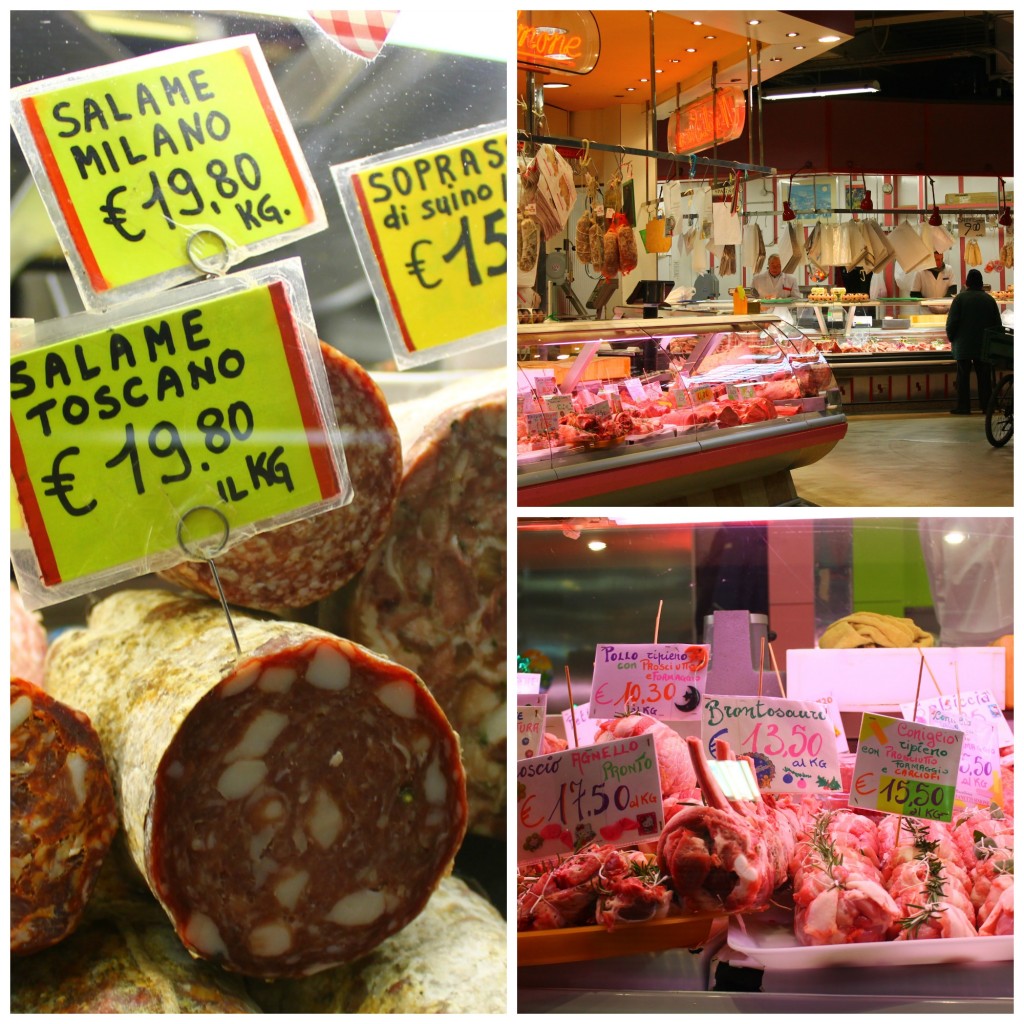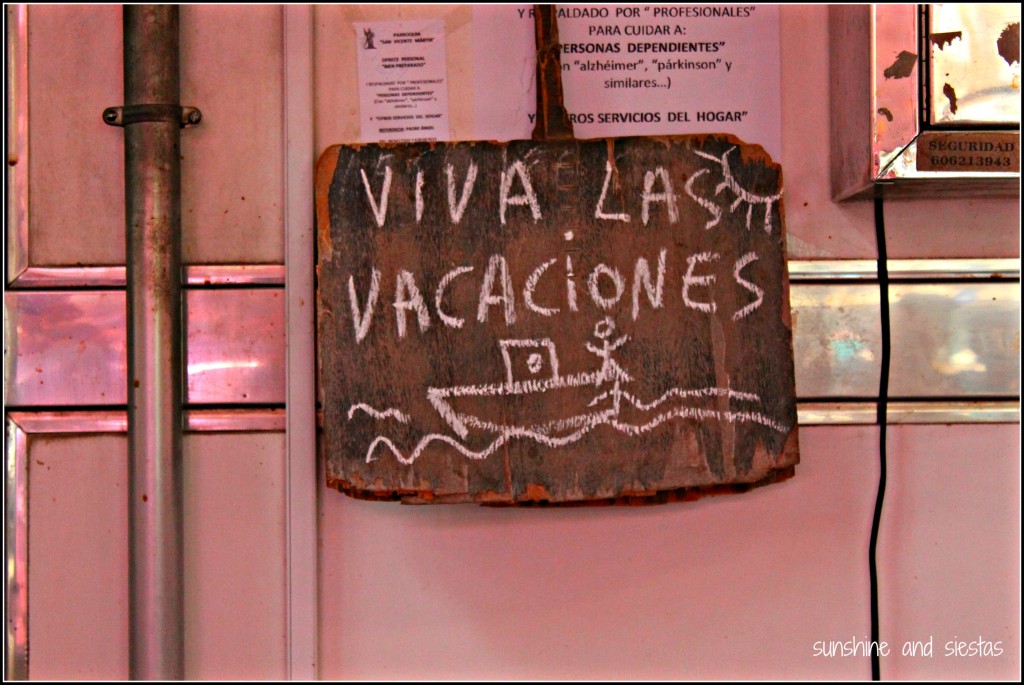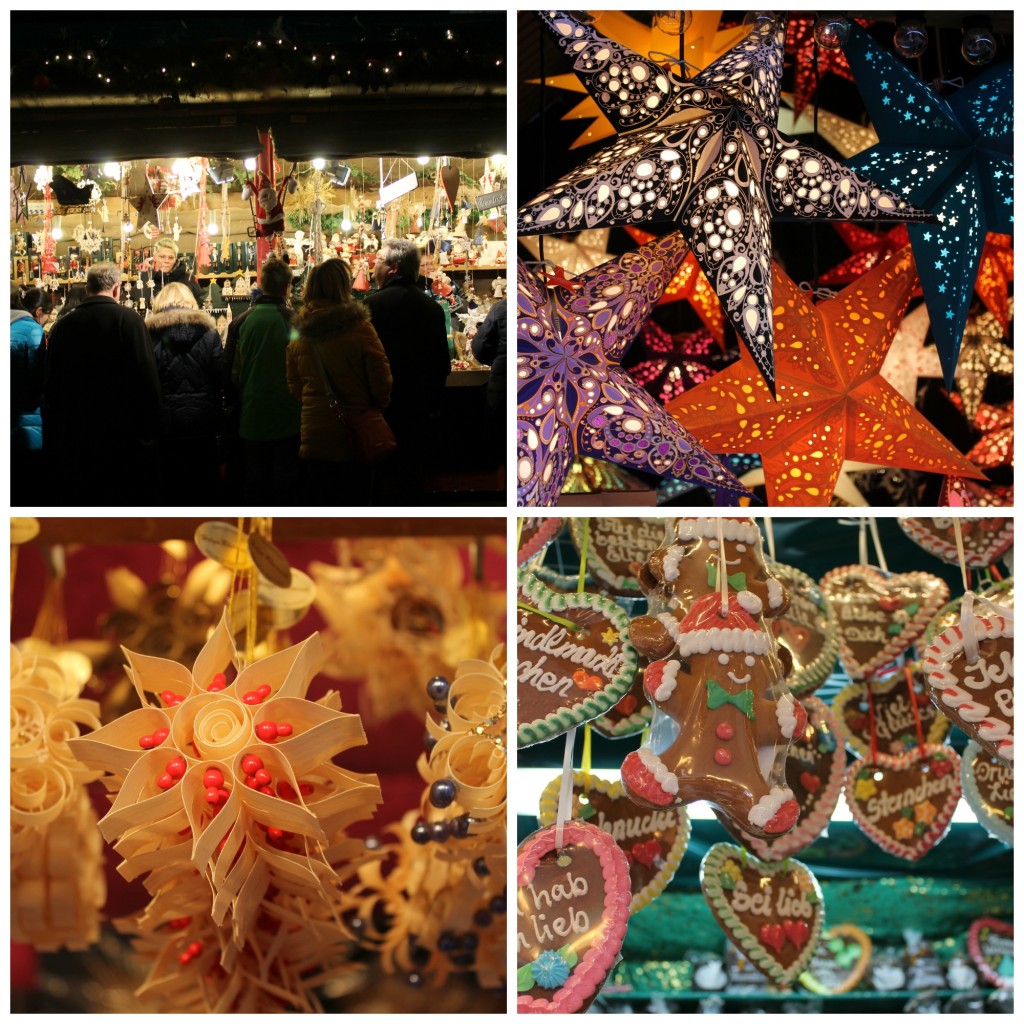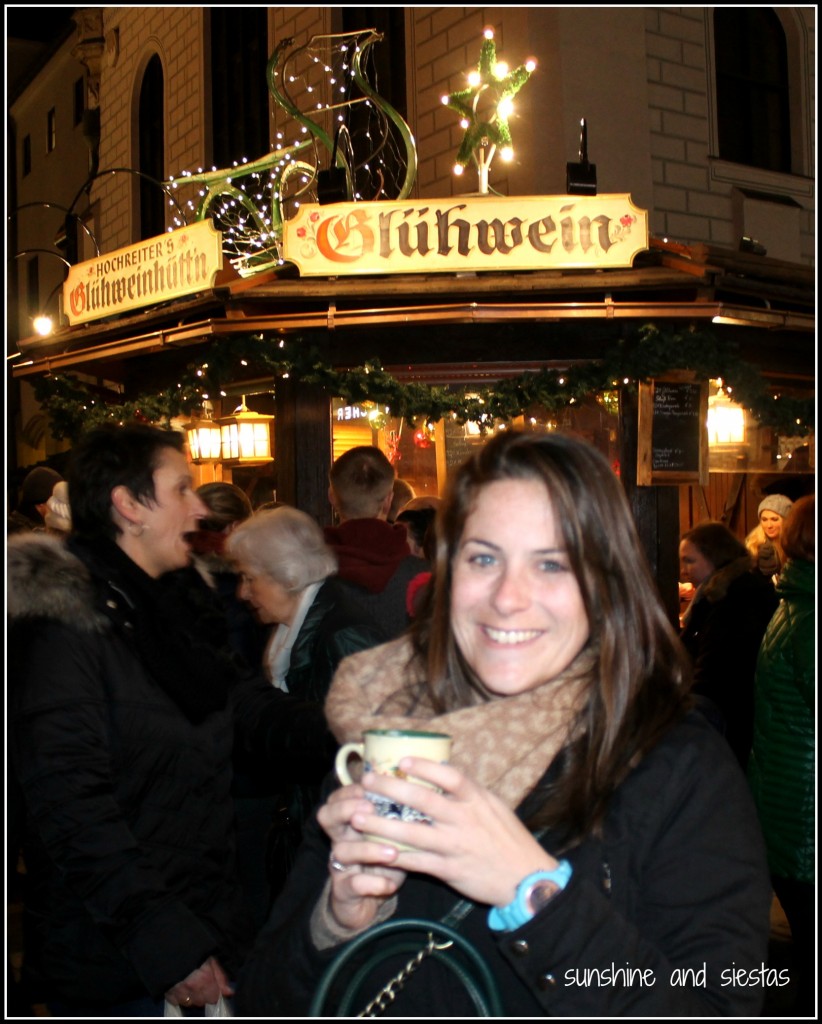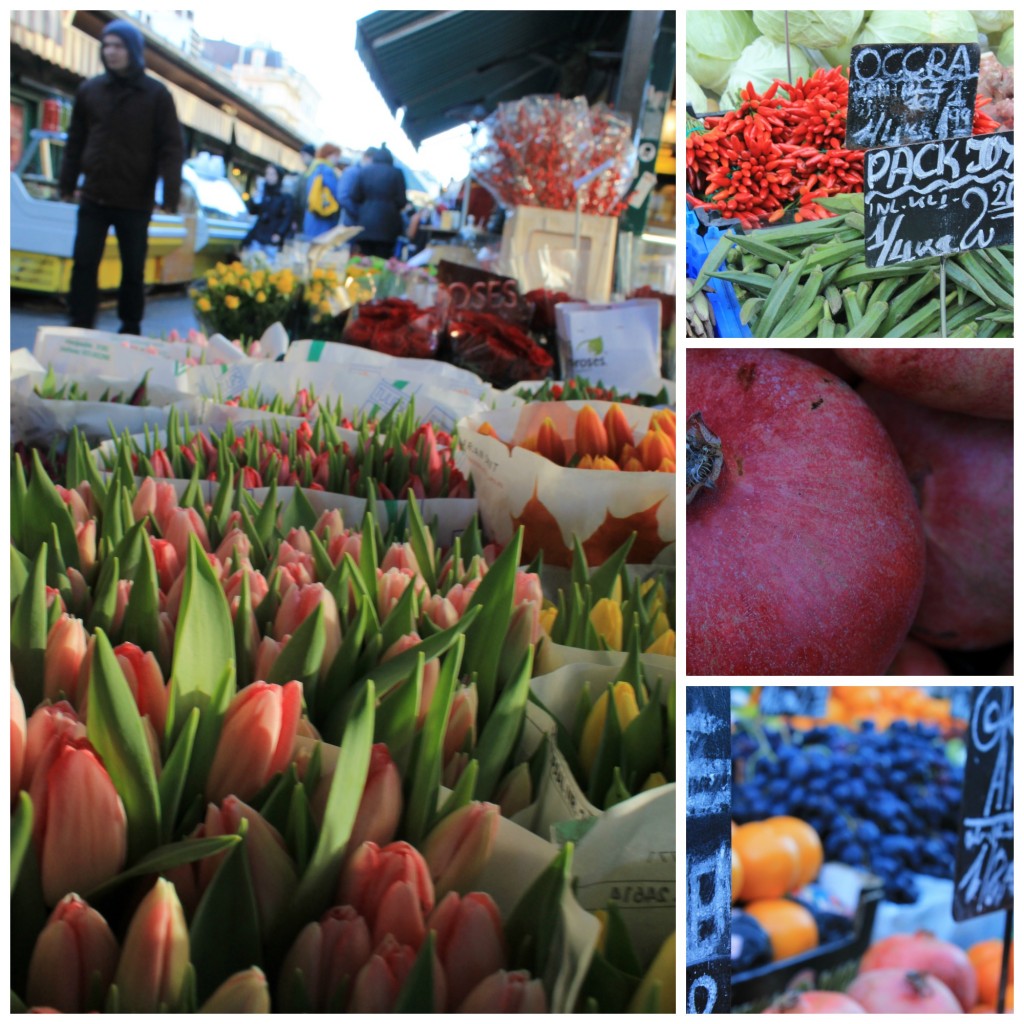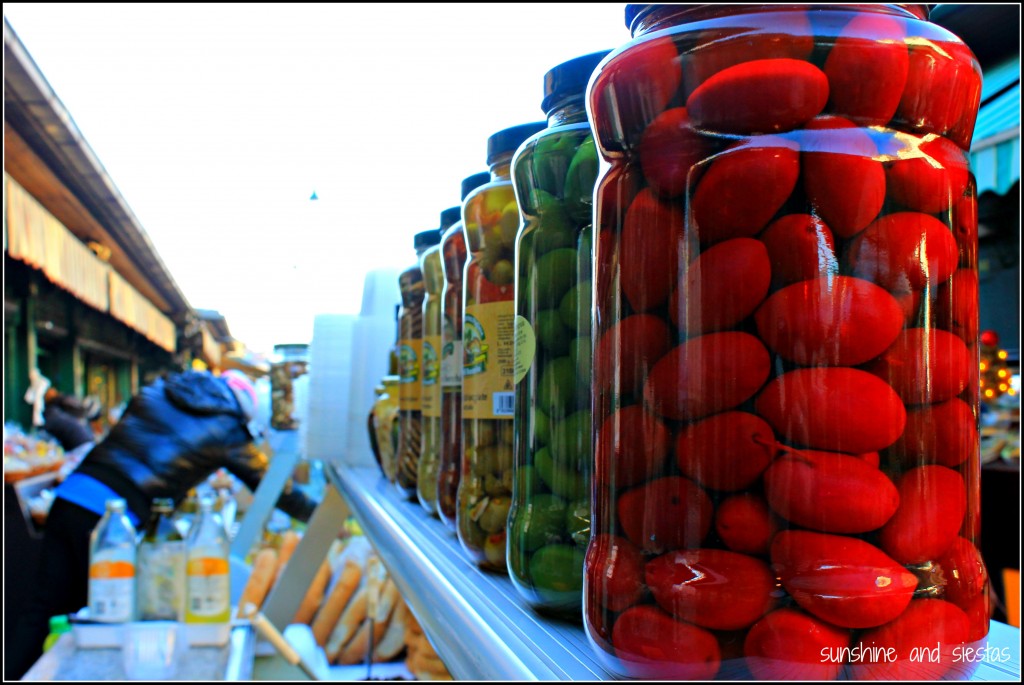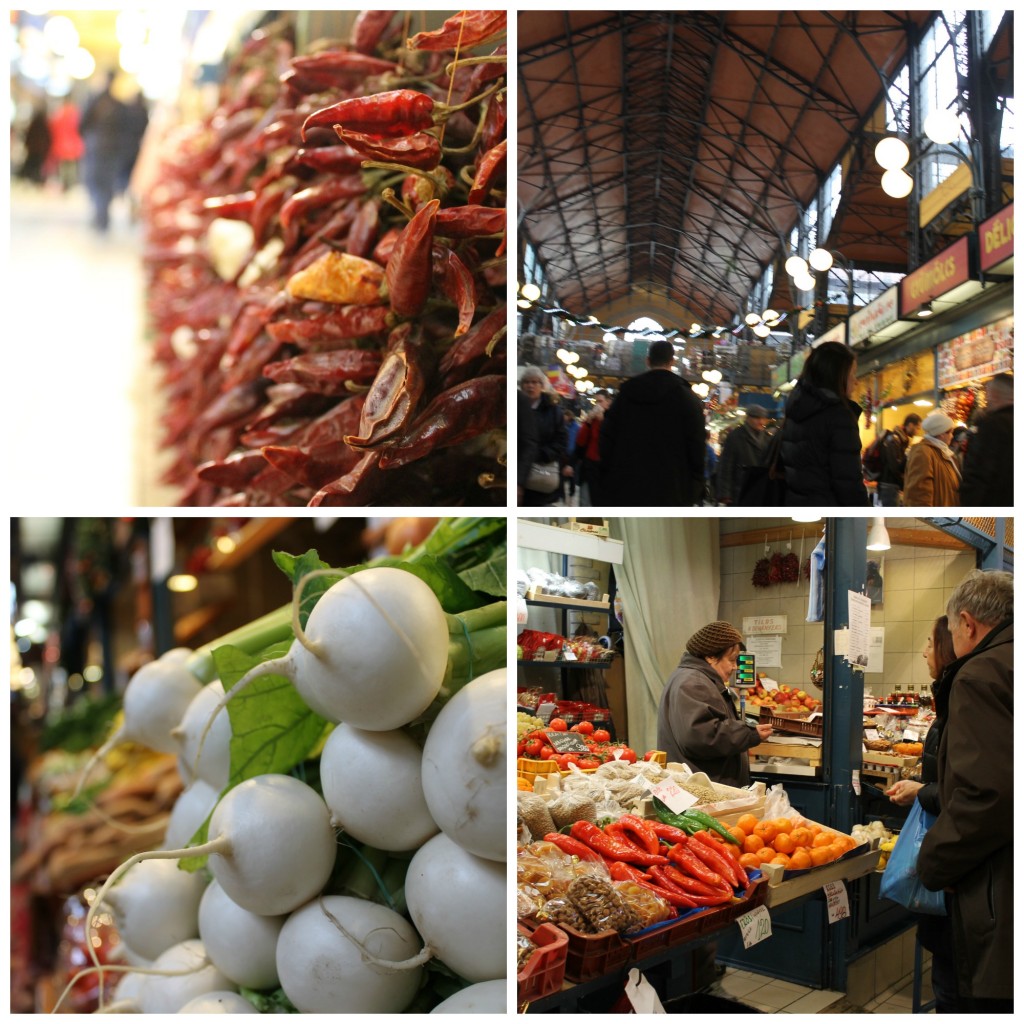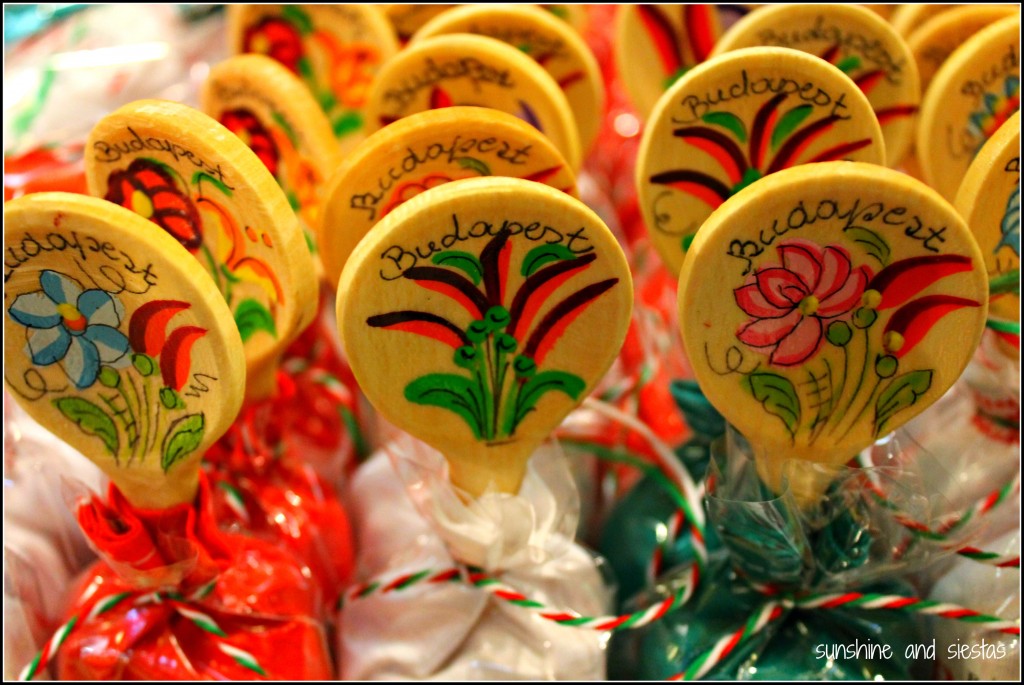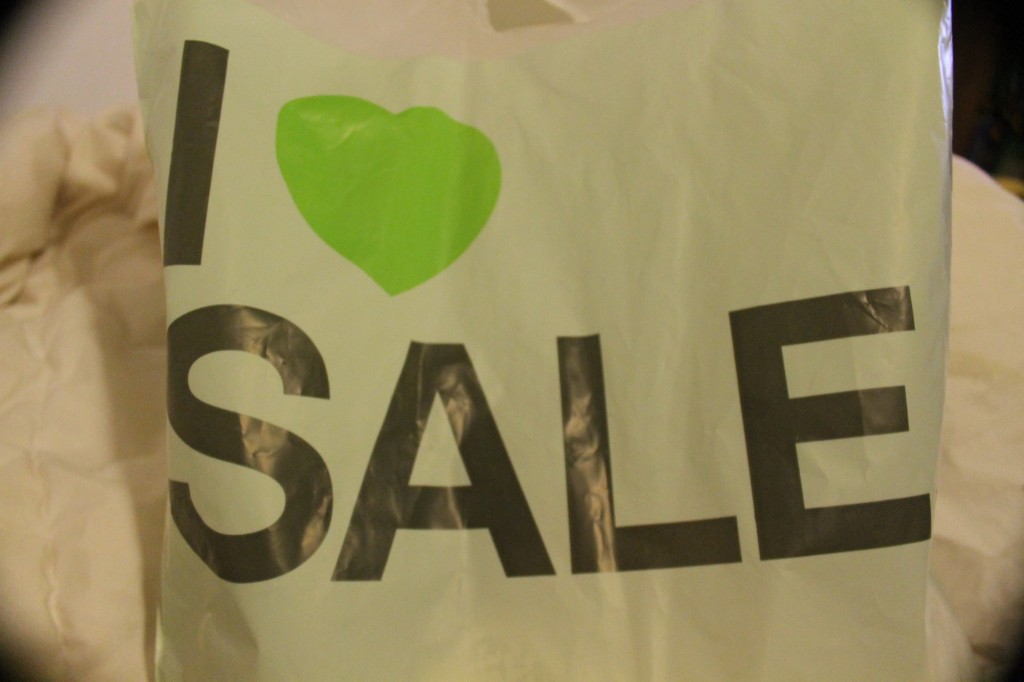Anda ya!
Jose Manuel drops his hands in desperation as I paw a gorgeous, pale pink flamenco dress with a cascade of ruffles. No hay quien pueda with this guiri.
Nearly two hours into a search for the perfect flamenco dress, I was more undecided than ever. I got the last one in 2011 and knew immediately it was the right one for me, but this year has my head spinning. Jose Manuel dutifully pulls one dress after another, then hangs them up once I’ve ruled them out.
This flamenco dress business is a big deal.
When the Novio’s mother announced she’d be floating the bill for my traje de gitana this year, I jumped at the opportunity to design my own. I sketched out what I wanted – a one-color, sleeveless dress with three volantes and encaje around the bust and waist to make my boobs smaller and accentuate my small cintura.
I called Taller Los Príncipes to ask about pricing, trying to find something for less than 300€ so that the Novio, his mother and I would all pay 100€ each. The woman started asking me a flurry of questions. How tall was I in centimeters (….uhh…..)? What kind of ruffles did I want? Would I bring my own fabric?
I politely said I’d call back. But I was way in over my head and with not a single seasoned guiri around to help me. In the past, I’d always bought my dresses off the rack and had them taken in (or out) as needed.
A bit of vocabulary so that you understand how confused I was.
A flamenco dress is known around these parts as the traje de gitana, or simply a traje. They’re worn during local festivals like the ferias and romerias such as El Rocío and can cost anywhere from 100€ to 500€, or ever more, especially those that are tailormade.
The dress is composed of a body, sleeves and a train of volantes, or ruffles. Made of tela, you can get high-quality fabric or normal and the detailing is called encaje. Lace is especially popular this year. The seamstress, called a modista, assists you in designing your dress and then sews it for you. The most traditional sort of fabric has lunares, or polka dots, but they can also me liso (one color) or with pattterns.
Next to the academy where I work, there’s a flamenco dress shop that’s only open from January until June. The first day I heard the heavy reja go up, it was a sign. I peered in the windows, lights off, when I opened the school and saw the exact dresses I wanted – lisos, con volantes graduados, encaje por un tubo. One color, big ruffles, details in all the right places. Either a deep magenta, turquoise or a pale green.
Later that week, I eat a light breakfast and showed up at Marqués Diseño de Trajes Flamencas. Jose Manuel is on the phone but immediately introduces himself as he hangs up (on his mother, oops!).
I fumbled for the words to tell him what I wanted. Tú no eres de aquí, verdad?
Stupid accent always giving me away as a foreigner.
He ushers me over to the racks of dresses, each slightly different from the next. Grabbing my arm, he shows me the sale dresses, available for just 175€ – una ganga, if you ask me. They are bold – bright reds and blues – but I shy away from wearing something so loud. Jose Manuel assures me that a pale, blue-eyed person would need something crazy to call the attention away from the Andalusian beauties.
So, verde agua is out.
I show him my sketch and tell him I am dead-set on a single color, to which he scoffs. “Those are dresses for women who have nothing better to do during the fair but sit pretty in a horse carriage and look bored in their casetas.” I laugh, and admit that I am far more likely to drop greasy fried fish on my dress than abstain from eating and drinking so as not to get dirty.
Jose Manuel hands me traje after traje, zips me up, and leads me to a full-length mirror with each one, quick to judge the styles that make me look anything but fabulous. Easy-to-move-in cañastera ruffles are ruled out, as is the encaje that call too much attention to my chest and belly. I soon accumulate a pile of half a dozen dresses to discard (as well as my original design).
As it turns out, Jose Manuel da en el clavo: I am extremely traditional when it comes to flamenco dresses. I need color, lunares, volantes, a classy dose of cleavage and tight in all the right places. After narrowing the field down to two thanks to the miracle of whatsapp groups and my American friends, trying them on with a shawl and pulling my hair back to get the full effect, I make a decision before even asking the price.
It’s the tronillo design (pictured on the left and only 220€!) and in a size smaller than I usually get, and we set to the task of selecting the colors. What sets many dresses apart, even with a similar design, is the color chosen and the small details in the encaje. I already have a celestial blue dress with cream and coral accents, so I wanted to go bold.
Choosing the color palate for the dress takes nearly as long as trying them on. I hold up square samples of color, searching for the right combination, peruse back through the racks for inspiration. The smaller lunares, called lentejuelas, are better for big busts because they draw less attention to that area, so I stick with the pattern combination of the original dress I tried on and decide on turqoise. I momentarily consider a paisely, but Jose Manuel’s side eye when I mention it sets me back in place.
A week later, Jose Manuel raps on the window of the academy and asks if I could step out to OK the color patterns and pay a deposit on the dress. The original color I had in mind was not available, so he chose a shade darker, a bit more towards a green hue. I sign the receipt, paid 40€ and quickly scamper over to the academy (those ruffles start at the knee and make it hard to move swiftly) to have María José give me the thumbs up.
Jose Manuel hands me my receipt and says, “un mes largo” for the dress to be ready for its first fitting. Starting three months ahead of time means I’ve got a buffer for those extra weeks in a long month, but true to form, it is five weeks to the day. Nervously, I pulled the fabric over my hips and zipped it into place. It needs to be taken in a bit in the stomach and hips (success!), but it’s perfect.
Chicas, have you ever bought a flamenco dress in Spain? Need help with your complementos? Click here for a guide to buying accessories!
